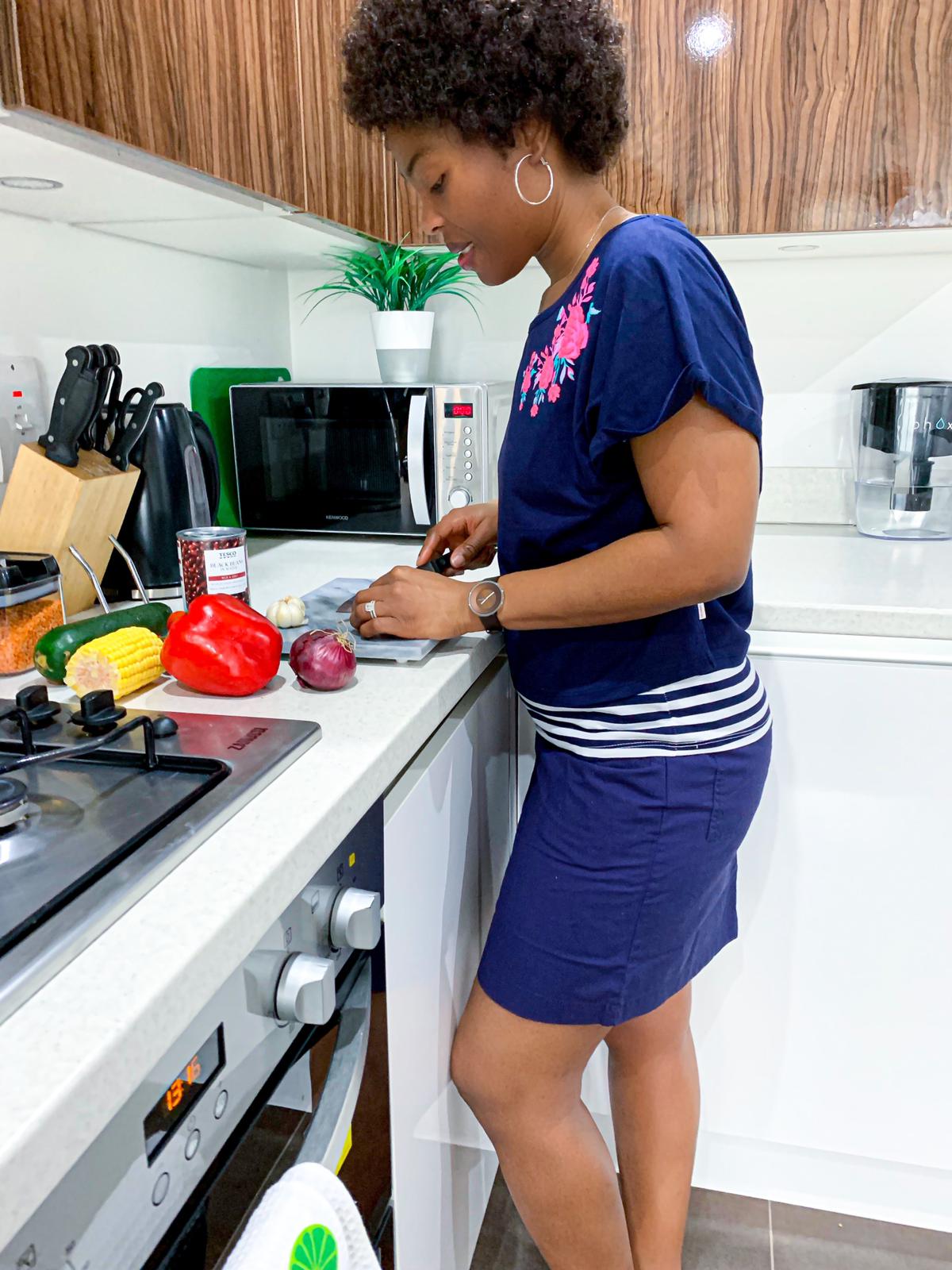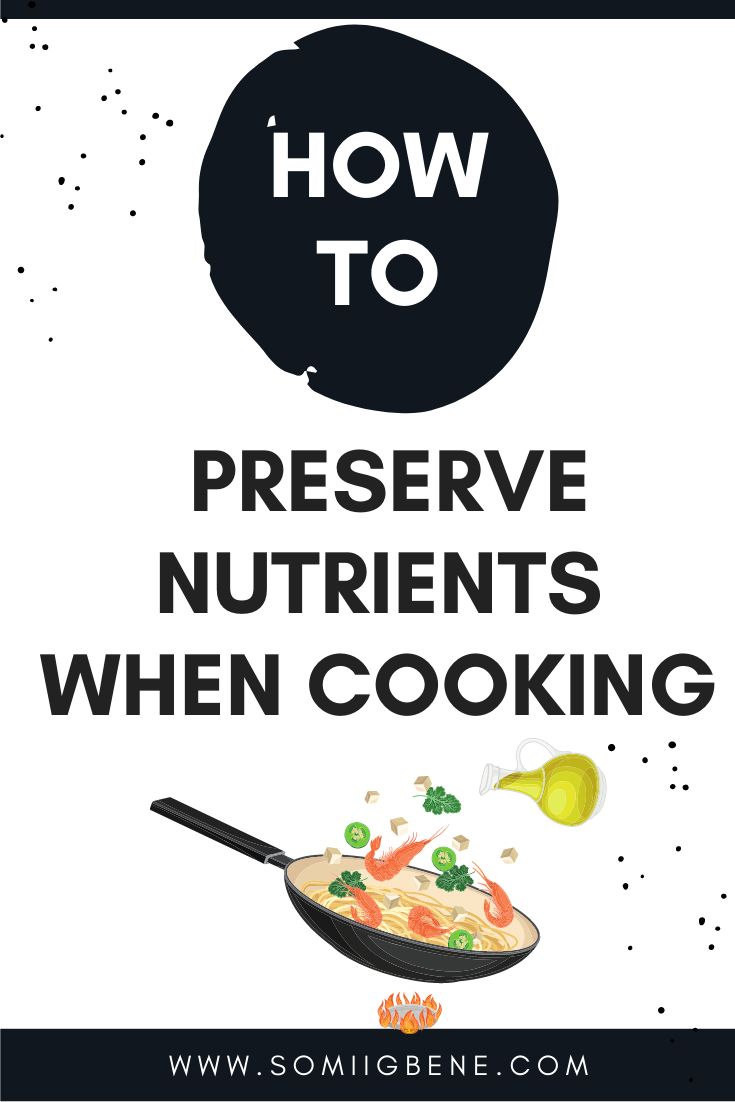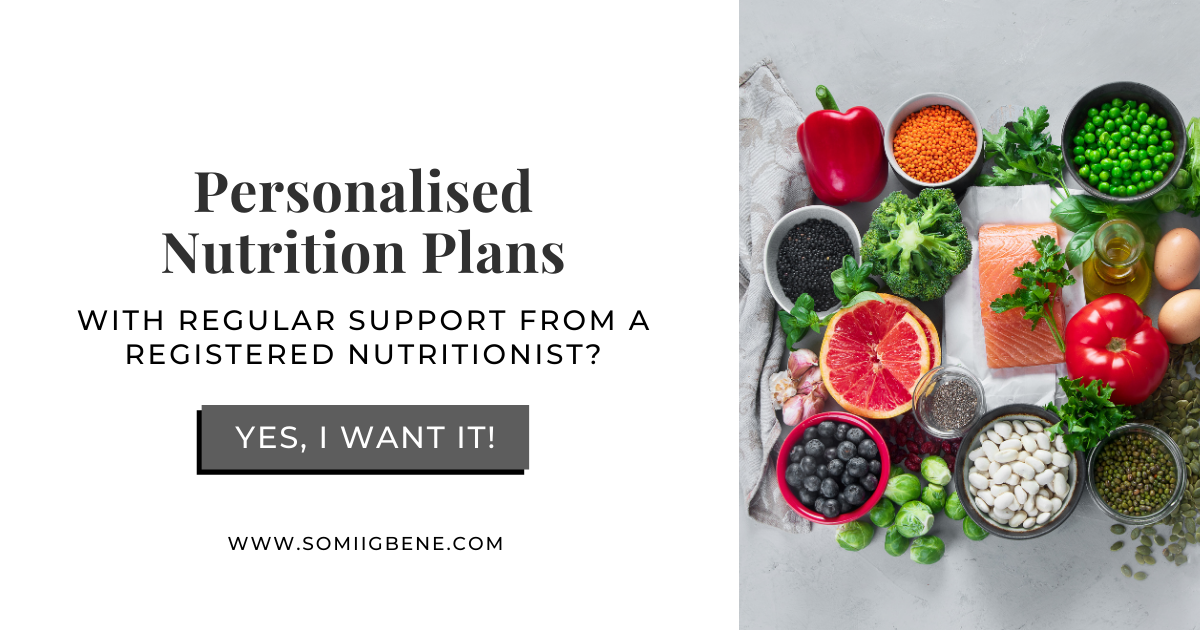
Cooking at high temperatures or for prolonged periods can deplete the nutritional value of your food. Learn how to preserve the nutrients in your vegetables when cooking to maximise their health benefits.
Apart from the pleasure it provides, we eat food to supply our bodies with energy and to nourish it with vitamins and minerals.
Our bodies only need small amounts of vitamins and minerals to maintain health, but if we don’t get enough, we can develop deficiencies that cause disease. For example, a lack of vitamin D can lead to rickets in children, and a deficiency in vitamin A can cause night blindness and weak immunity. Vitamin D deficiencies have also been linked to type II diabetes.
When you read the nutritional value of food, you may think that you absorb all of the nutrients in the food once you cook it, but unfortunately, that is not always the case.
You see, the way you prepare and cook your food has a significant impact on its final nutritional value.
Cooking certain foods at high temperatures or for more extended periods than is necessary can destroy the nutrients they contain. Also, boiling delicate foods like vegetables in large quantities of water can destroy some nutrients and allow others to leach into the cooking water.
If you don’t drink the cooking liquid, you will not be getting the nutrients you think you should be getting when you eat the vegetable. Let’s explore vitamin C as an example.
Vitamin C is soluble in water and extremely sensitive to temperature. This means that it breaks down very easily during cooking, and long cooking times depletes the amount of vitamin C a food contains.
A study showed boiling chard for five minutes completely depletes its vitamin C content. Whereas blanching it for 1 minute retains 76% of its vitamin C content.
Water is the main component of most fruits and vegetables. It accounts for over 90% of most fruits and vegetables. Once fruits and vegetables are harvested, they begin to lose their moisture and nutrients, and they start to decompose.
The way you store your fruits and vegetables once you buy them thus has a significant impact on their nutritional value.

9 Simple techniques to preserve the nutrients in your food
1 | Steam your vegetables: steaming is one of the best methods to preserve the nutrients and flavour of your vegetables. Invest in a simple steamer or try cooking your vegetables with minimal water over very low heat until just cooked.
2 | Avoid boiling: boiling is perhaps the most popular method used to cook vegetables. However, it is the least effective method for preserving nutrients, especially vitamin C. If you boil your vegetables, use the least amount of water possible and do not throw away the cooking liquid. Drink it, or use it in stocks or sauces so that you do not lose the nutrients.
3 | Cook at low temperatures: cooking at low temperatures over long periods can help to preserve vitamins in your food. Try to avoid burning or charring your foods as this can create harmful compounds with carcinogenic properties.
4 | Eat fresh, raw foods: If you don’t heat your food, you are more likely to retain the majority of the nutrients in your vegetables. Raw foods are also rich in enzymes that nourish your body. When you eat raw foods, try to eat them in their freshest state as the longer you leave them, the more they lose moisture and vitamins and then deteriorate.
5 | Soak and sprout your legumes before consuming: Legumes can be excellent sources of certain minerals and vitamins if you soak and sprout them before consumption. Beans often contain phytates or phytic acid that bind to minerals and make them unavailable for our bodies to absorb. Soaking and sprout reduces the concentration of these phytates and makes the minerals available for your body to absorb.
6 | Prepare your fruits and vegetables yourself: Avoid buying fruits and vegetables that have been precut and packaged as such products may have lost some nutrients. Cook vegetables like potatoes with their skin on as most of the nutrients are located just beneath the skin. Cooking with the skin on allows the nutrients to move from just under the skin into the flesh.
7 | Freeze vegetables when they are fresh: Vegetables contain the highest quantities of nutrients when they are fresh. The older they get, the more nutrient-depleted they become. If you buy more vegetables than you need, consider freezing them as soon as possible after purchase to preserve the nutrients.
8 | Fry with care: Select the oils you choose to fry with carefully. Choose saturated fats such as coconut oil and ghee that are stable at high temperatures. Vegetable oils (corn, sunflower) are more likely to form toxic aldehyde compounds that are harmful to health.
9 | Avoid reheating your food multiple times as it destroys the nutrients in them.
And there you have it, 9 simple tips to help you preserve nutrients when cooking! Implement all for truly nourishing meals.



The Comments
Tracytrace
Quite informative!
Somi
> TracytraceThanks so much for reading! I’m glad you found it informative 🙂